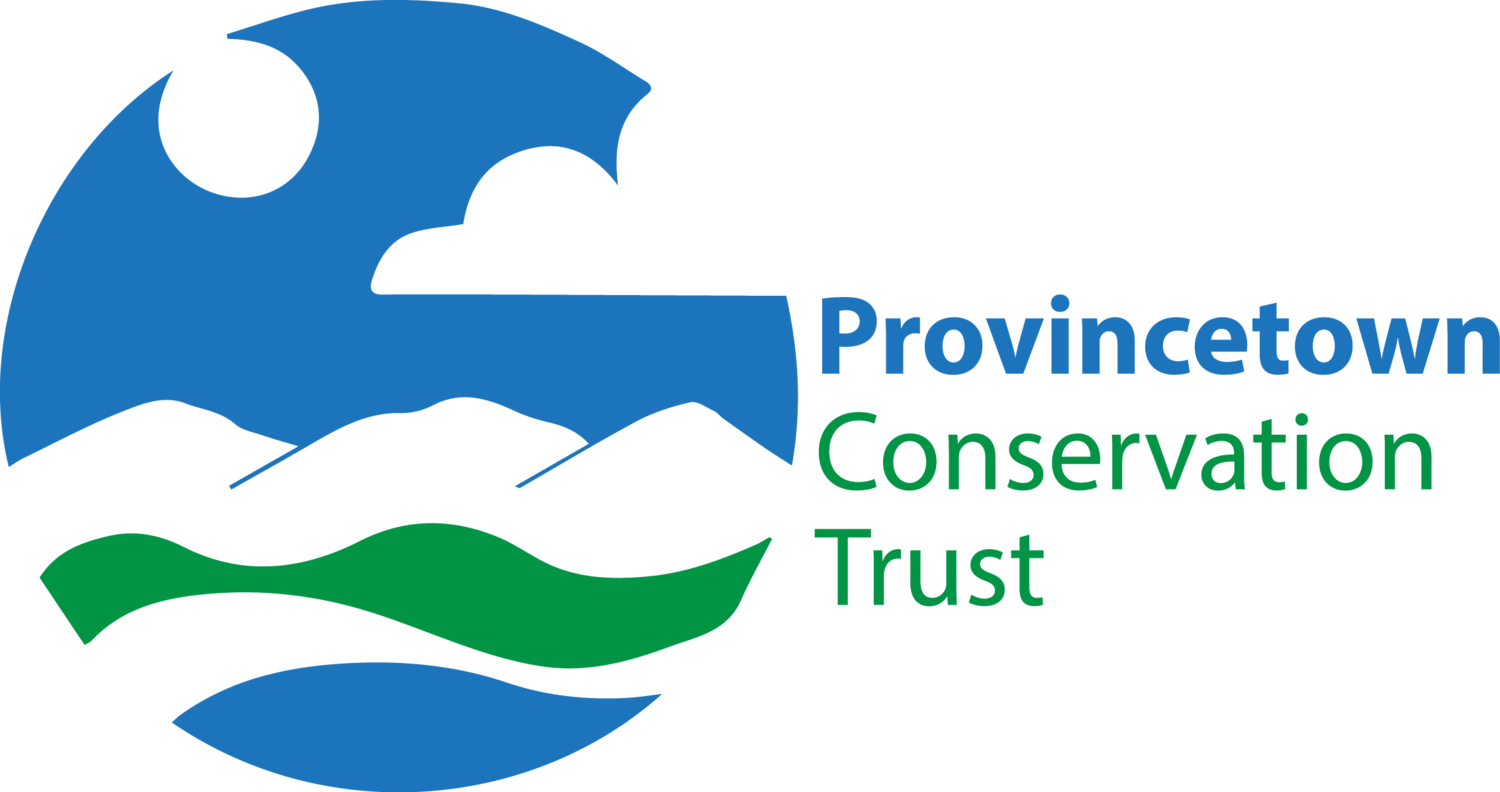Published November 6, 2021
Portland Press Herald
By Mila Plavsic and Chris Cabot
“Undeveloped land is ‘natural infrastructure’ that prevents flooding and other impacts of increasingly common severe weather events.”
This week, leaders from close to 200 countries are meeting in Glasgow, Scotland as part of the United Nations Framework Convention on Climate Change. This international process can seem very remote to people as they go about their daily lives. Most of us have noticed that the summers are hotter than they used to be, the first frost is arriving later, and beloved winter traditions have become hit or miss activities. Many of us would like to do something to avert more extreme weather events, but it is not always clear what that should be. Individual choices can feel inconsequential.
While world leaders work to bring their commitments in line with the scope of the challenge, there is something that you can do right here in the greater Portland area. You can get involved with your local land trust.
What, you may ask, do land trusts have to do with buffering our communities from extreme weather events?
Let’s consider what happens when an inch of rain falls on an acre of forest or wetland versus an acre of buildings and pavement.
The natural acre only releases 750 gallons of run-off immediately, while a whopping 27,000 gallons of water pours off the highly developed acre. This difference helps explain the extreme flooding we saw this summer in New York City and New Jersey. It’s also important to note that, during this catastrophic event, two months’ worth of rain, over eight inches, fell in a day and a half. With these intense rain events becoming more common, we would be wise in Maine to not make the mistake of over-development.
Just this September, a headline in the Portland Press Herald announced “‘Extreme’ rainfall inundates parts of midcoast Maine, Kennebec County.”
Yet the article went on to report that, despite receiving 5-6 inches of rain in 48 hours, there were no reports of severe flooding. Intact forests and wetlands were a big part of the reason why the region did not suffer what New York and New Jersey experienced this summer and again with the most recent nor’easter.
We are fortunate that here too, in southern Maine, we still have forests and wetlands which continue to act as natural sponges, slowing down the release of rain and snow melt into our communities. The trick will be to keep it that way, as York and Cumberland counties are the two fastest growing counties in Maine. Land trusts are non-partisan, non-profit organizations which work with willing sellers and donors to set aside this “natural infrastructure.” Smart development has both economic, social, and ecological benefits – it can truly be a win-win-win proposition.
Land trusts, working with municipalities and other partners, are well equipped to dramatically increase the amount of land protected in perpetuity.
As an example, there is now a contiguous block of forest of nearly 850 permanently conserved acres across both sides of the border between Cumberland and Falmouth. This was achieved by partners, working together over time, to strategically piece together individual land sales and land donations.
Land trusts are one way for community members to take action to preserve what makes Maine unique while contributing to the greater good.
Every town in southern Maine is served by a local land trust. To see how you can help to make your community more resilient by conserving more of Maine’s natural infrastructure, get in touch with their staff and volunteers. By conserving more forests and wetlands in southern Maine, we can protect our communities from extreme weather events, while also providing opportunities for recreation and traditional uses, habitat for wildlife, and the many other benefits that come from setting aside green space for all.

